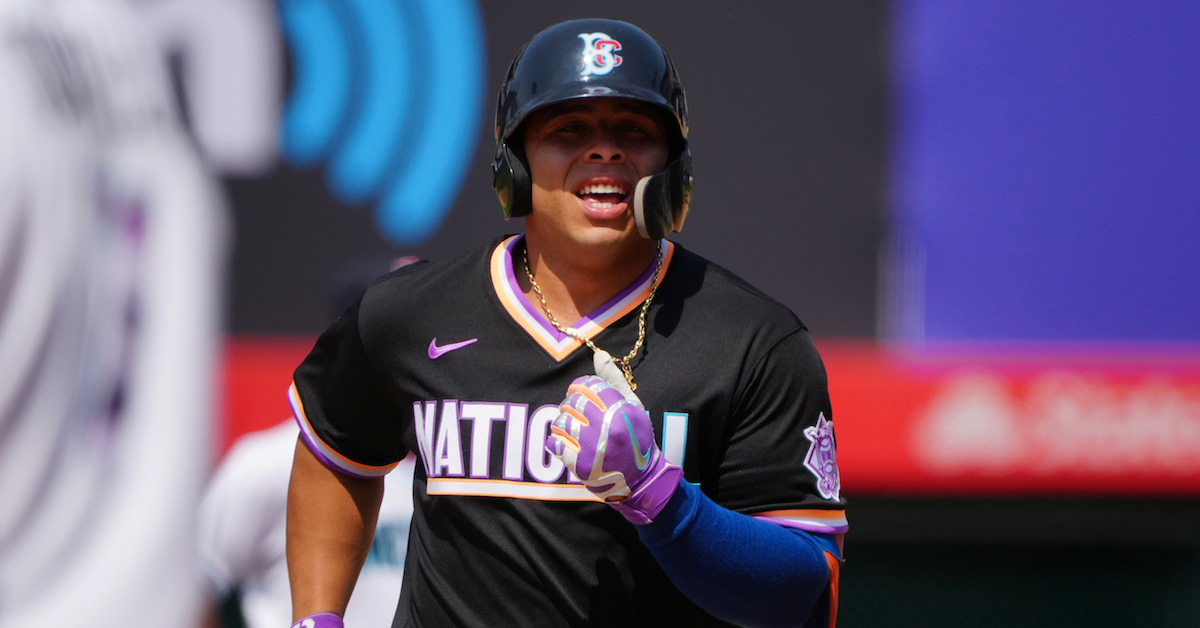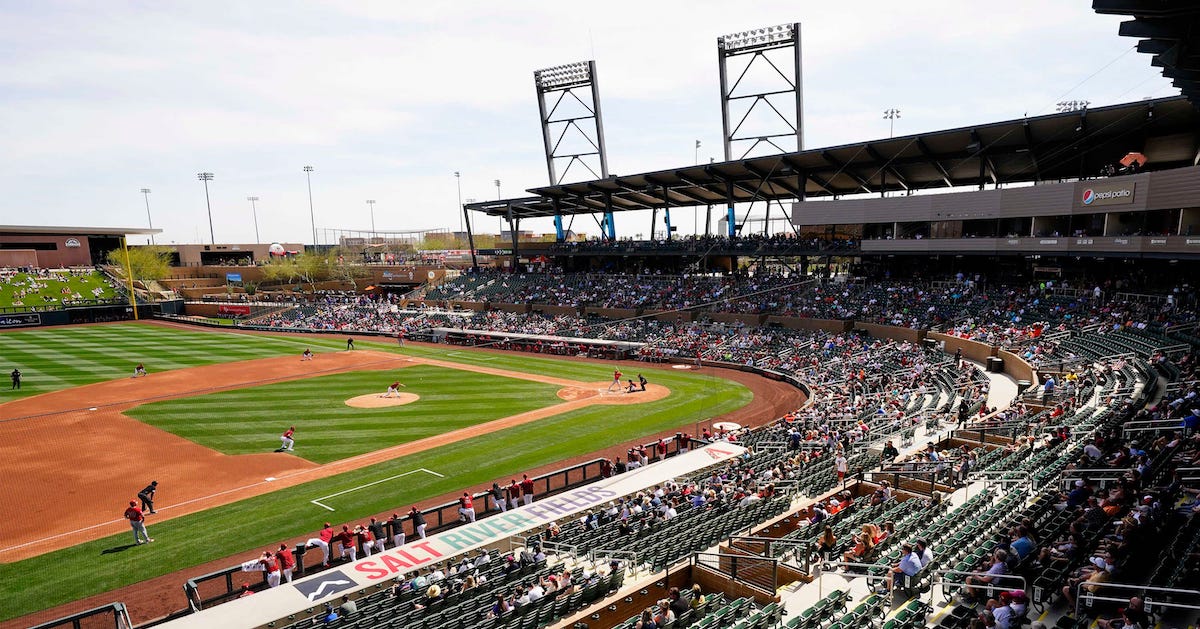Atlanta Acquires 35th Overall Draft Pick From Royals for Upper-Level Prospects

Trades for competitive balance round picks happen a couple of times every year. Often, there are a lot of different moving parts involved, which can make it a little harder to nail down what teams think a comp pick is worth — there are so many variables associated with each player that it becomes hard to isolate the weight that the pick is carrying in the trade. Every once in a while, we get trades where one side of the deal is exclusively the comp pick, which makes it a little easier to get a feel for pick’s value. Yesterday, when the Braves acquired the 35th overall pick from the Royals for prospects Drew Waters, Andrew Hoffmann, and CJ Alexander, we had one of those instances.
The pick is the most significant aspect of this trade, but it’s value is more abstract since it not only represents a player, but also the draft flexibility it affords the Braves, as they add the bonus pool space associated with the pick (a shade over $2.2 million) to their pool. While it might seem counterintuitive for the Braves, who have a relatively thin system, to move three pieces for one, this trade feels great for them (not that it’s bad for KC). Atlanta doesn’t need Waters, who is likely carrying the most weight in the deal for the Royals. With everyone now healthy, the team has an everyday right fielder in Ronald Acuña Jr., an everyday center fielder in Michael Harris II, and a left field platoon in Eddie Rosario and Adam Duvall, while Guillermo Heredia, the Platonic ideal of a fifth outfielder, can pinch run, make the occasional start for Harris against a lefty, or serve as a late-game defensive upgrade for Duvall/Rosario/Marcell Ozuna. If injury occurs, Atlanta has other ways of moving pieces around to create a better lineup than one that would otherwise heavily feature Waters. Even if you think he’ll eventually be good (more on that in a minute), he was a superfluous in Atlanta. Read the rest of this entry »







